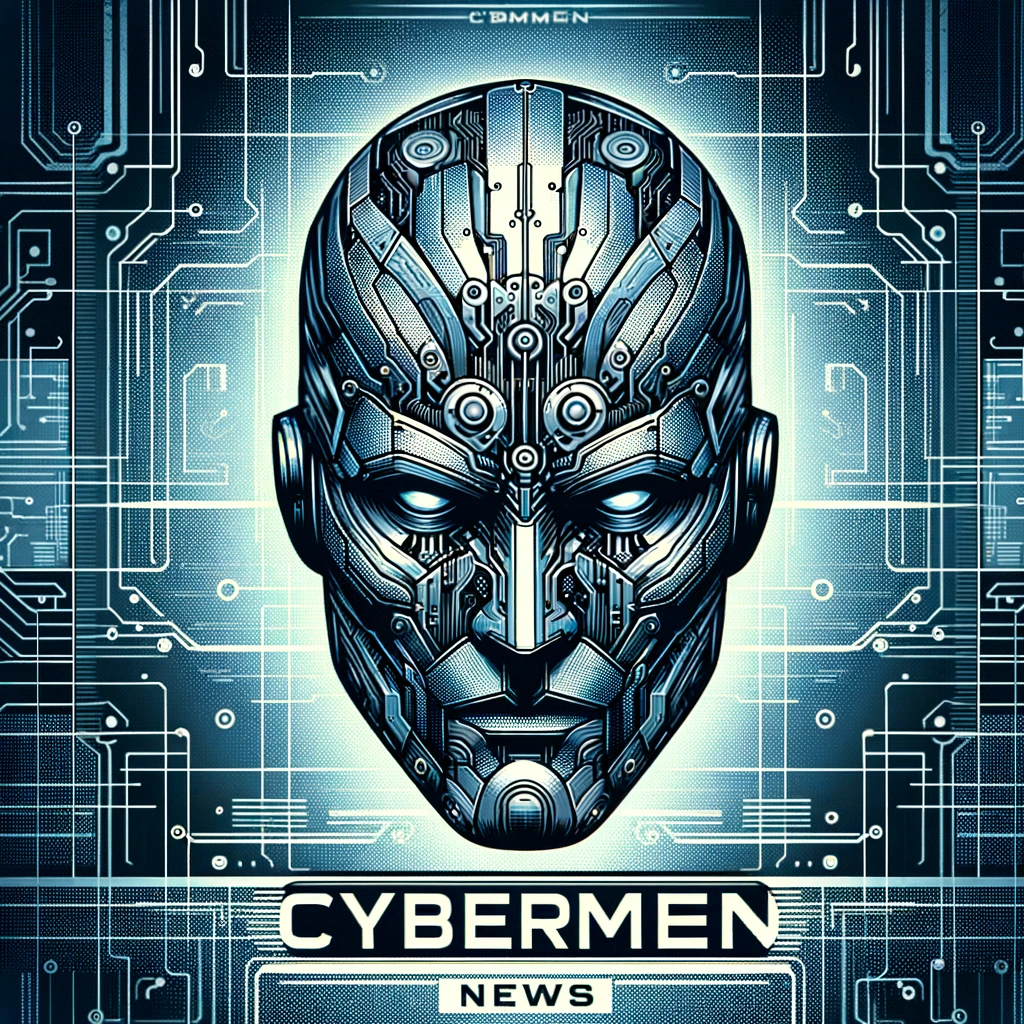Mary Shelley’s Frankenstein; or, The Modern Prometheus intricately navigates the murky waters of good and evil, propelling readers into a profound contemplation of their origins. Nature vs Nurture. Central to this exploration is the monster, a figure whose complexity defies the binary labels of “inherent evil” and “innate goodness.”
Nature vs Nurture and The Assumption of Inherent Evil
The monster’s debut into the world is marked by rejection, his grotesque assembly of limbs eliciting immediate fear and loathing. Society’s knee-jerk reaction to his exterior, deeming him a manifestation of evil, underscores a pervasive tendency to equate physical aberrance with moral depravity. Yet, Shelley’s narrative compels us to question: Is evil an inherent attribute, or is it sculpted by the hands of experience and environment?
The Capacity for Empathy and Connection
Contrary to initial assumptions of malevolence, the monster exhibits profound emotional depth and intellectual curiosity. His self-taught eloquence and empathetic nature, coupled with a sincere longing for companionship, puncture the myth of his supposed inherent wickedness. These qualities illuminate the potential for goodness obscured by his physical form, suggesting that monstrosity resides not in appearance but in the denial of one’s basic needs for love and acceptance.
The Crucible of Society’s Rejection
The pivotal transformation in the monster’s demeanor, from gentle solitude to vengeful wrath, is triggered by relentless societal ostracization. Each rejection acts as a chisel, shaping his identity away from its original mold of innocence towards a figure of darkness. This metamorphosis is not rooted in the monster’s nature but is a tragic inscription of society’s fears and prejudices upon him. His descent into violence emerges as a mirror to the cruelty he endures, a stark commentary on the nurtured origins of malevolence. Another exampkle of the nature vs nurture dilemma.
Victor Frankenstein’s Role in the Monster’s Descent
The narrative intricately maps Victor Frankenstein’s abandonment of his creation as a critical juncture in the monster’s path. Victor’s failure to nurture, guide, and accept his creation not only deepens the creature’s isolation but also marks him as an architect of the monster’s ensuing despair and rage. This dynamic further complicates the nature-nurture debate, positioning Victor’s neglect as a catalyst for the monster’s tragic evolution.
Nature vs Nurture: Rethinking the Origins of Evil
Frankenstein challenges the simplistic dichotomy of inherent evil versus inherent goodness by demonstrating the profound influence of nurture over nature. The monster’s journey from a desire for connection to a path of vengeance underscores evil as a construct of experience and societal interaction rather than a birthright.
Nature vs Nurture: Beyond the Monster’s Exterior
Shelley’s masterpiece serves as a call to transcend surface-level judgments and to acknowledge the complex interplay of factors that shape individuals. By delving into the origins of the monster’s actions, Frankenstein not only interrogates the essence of evil but also invites a compassionate reconsideration of “monstrosity.” It is a poignant reminder of the power of empathy, understanding, and acceptance in dismantling the barriers that divide us and in preventing the figurative creation of monsters within our midst.


